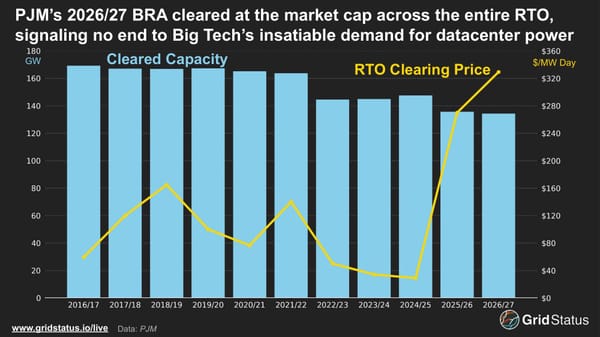The Green Premium Is Dead—It Always Was
I’ve always believed that solving climate problems requires economic benefits, not just social ones. As much as we might wish otherwise, social benefits alone rarely create enduring success.
This conviction stems from starting my career in renewables in 2007—right as the fracking boom took off—and then watching 30,000 customers per month choose the cheapest retail energy plan, every single time.
During my travels to Europe last month, I heard several people declare that the “green premium is dead.” My response felt a bit like that spaceman meme: “Always has been.”
Today, customers and companies increasingly don’t face that trade-off because the changing climate is creating new economic conditions while technology rapidly improves. A recent Financial Times article highlighted an EEA report proving this point: extreme weather events were 2.5 times more costly in the last four years than in the previous four.
Almost three-quarters of companies producing goods and services in the Eurozone are “highly dependent” on at least one natural ecosystem. The report found that 75% of bank loans go to companies relying on natural resources, and nearly 15% of industrial assets sit on floodplains. - FT
The United States faces similar exposure which is even more pronounced along the coasts and in areas where wildfire seasons have grown increasingly severe.
These extreme weather events are happening with greater frequency. While we can’t prevent them, we now have more tools than ever to mitigate and measure the risks. Doing so will save billions of dollars and, most importantly, thousands of lives.

